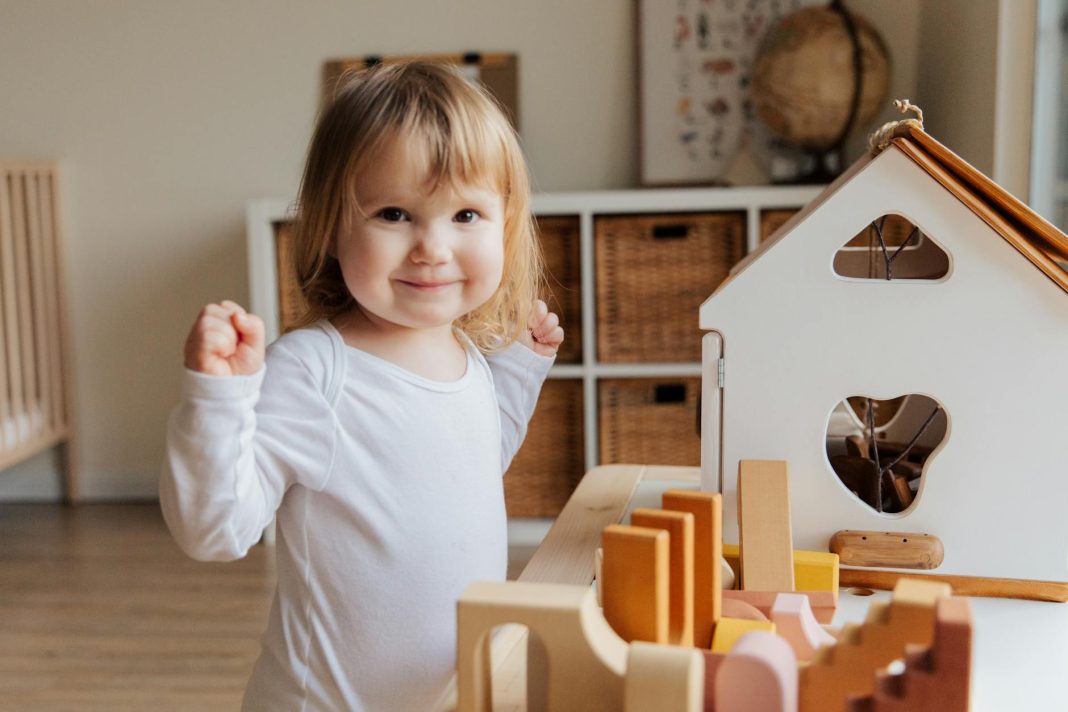Let’s be honest, parenting is a wild ride. One minute you’re basking in the adorable snuggles, the next you’re wrestling with a tantrum that could rival a Category 5 hurricane. Navigating the turbulent waters of discipline and boundaries can feel like walking a tightrope – too loose, and chaos reigns; too tight, and resentment festers. So, how do we find that sweet spot? The answer isn’t about strict rules and harsh punishments; it’s about understanding the art of the gentle hand – guiding our children towards self-regulation and respect with kindness and consistency.
Understanding the “Why” Behind Boundaries
Before we delve into the *how*, let’s talk about the *why*. Boundaries aren’t about control; they’re about safety, respect, and teaching kids valuable life skills. They learn to understand that their actions have consequences, to navigate social situations, and to develop self-control. Think of boundaries as invisible fences, gently guiding them towards appropriate behavior, not trapping them in a cage. Raising Happy Humans: The Gentle Art of Boundaries and Positive Discipline
Setting Boundaries: The Gentle Approach
Setting effective boundaries requires a delicate balance of firmness and empathy. Here are some tips:
- Seien Sie klar und konsequent: Vague rules lead to confusion. Clearly state expectations in simple, age-appropriate language. Consistency is key – enforcing boundaries every time reinforces their importance.
- Focus on choices, not compliance: Instead of demanding obedience, offer choices within the boundaries. “Do you want to put on your shoes now or in five minutes?” This gives them a sense of control and avoids power struggles.
- Verwenden Sie eine positive Sprache: Frame rules positively, focusing on what you *want* to see, rather than what you *don’t*. For example, say “Let’s keep our hands to ourselves” instead of “Don’t hit your sister.”
- Explain the reasons behind boundaries: Kids are more likely to cooperate when they understand the “why.” Explain how their actions affect others and themselves.
- Altersgemäße Erwartungen: Remember that a toddler’s capacity for self-regulation is different from a teenager’s. Adjust your expectations accordingly and offer support as they develop.
- Choose your battles: Not every infraction requires a full-blown intervention. Pick your battles wisely and let go of the small stuff. Focus on the behaviors that truly impact safety and well-being.
Positive Discipline: More Than Just Rewards and Punishments
Positive discipline isn’t about avoiding consequences; it’s about shifting the focus from punishment to teaching and guiding. It’s about helping children understand the natural consequences of their actions and developing their problem-solving skills.
- Logische Konsequenzen: These are consequences directly related to the misbehavior. If a child throws a toy, the toy gets put away for a while. This teaches them about cause and effect.
- Natürliche Folgen: These are consequences that occur naturally as a result of the child’s actions. If they don’t put on their coat, they might get cold. This allows them to learn from their experiences.
- Einfühlungsvermögen und Verständnis: Before reacting, take a moment to understand your child’s perspective. Are they tired, hungry, or overwhelmed? Addressing the underlying issue can prevent future misbehavior.
- Aktives Zuhören: Truly hear what your child is saying, even if you don’t agree. Validate their feelings, even if you don’t condone their actions. This fosters connection and mutual respect.
- Focus on solutions: Instead of dwelling on the mistake, work together to find solutions. What can they do differently next time? This empowers them and teaches them problem-solving skills.
- Vermeiden Sie Machtkämpfe: These are rarely productive. Choose your battles and find ways to cooperate, rather than control.
Verhaltensberatung: Ein kooperativer Ansatz
Behavior guidance is about proactively shaping behavior through positive reinforcement and prevention, rather than reacting to misbehavior after the fact. Here’s how:
- Positive Verstärkung: Catch your child being good! Praise their positive behaviors and efforts. Specific praise is more effective than generic compliments.
- Preventative strategies: Anticipate potential problems and create strategies to avoid them. If your child gets frustrated easily, give them breaks or engage them in calming activities.
- Routine and structure: A predictable routine provides a sense of security and reduces stress. Children thrive on knowing what to expect.
- Teach self-regulation skills: Help your children develop coping mechanisms for managing their emotions, such as deep breathing exercises or mindfulness techniques.
- Familientreffen: Regular family meetings can provide a platform for open communication, problem-solving, and collaborative decision-making.
Denken Sie an das große Ganze
Parenting is a marathon, not a sprint. There will be days when you feel like you’ve failed miserably. There will be moments of frustration and exhaustion. But remember, consistency and kindness are your greatest allies. Focus on building a strong, loving relationship with your child, based on mutual respect and understanding. The art of the gentle hand is about guiding your children towards becoming responsible, respectful, and well-adjusted adults, one small step at a time.

